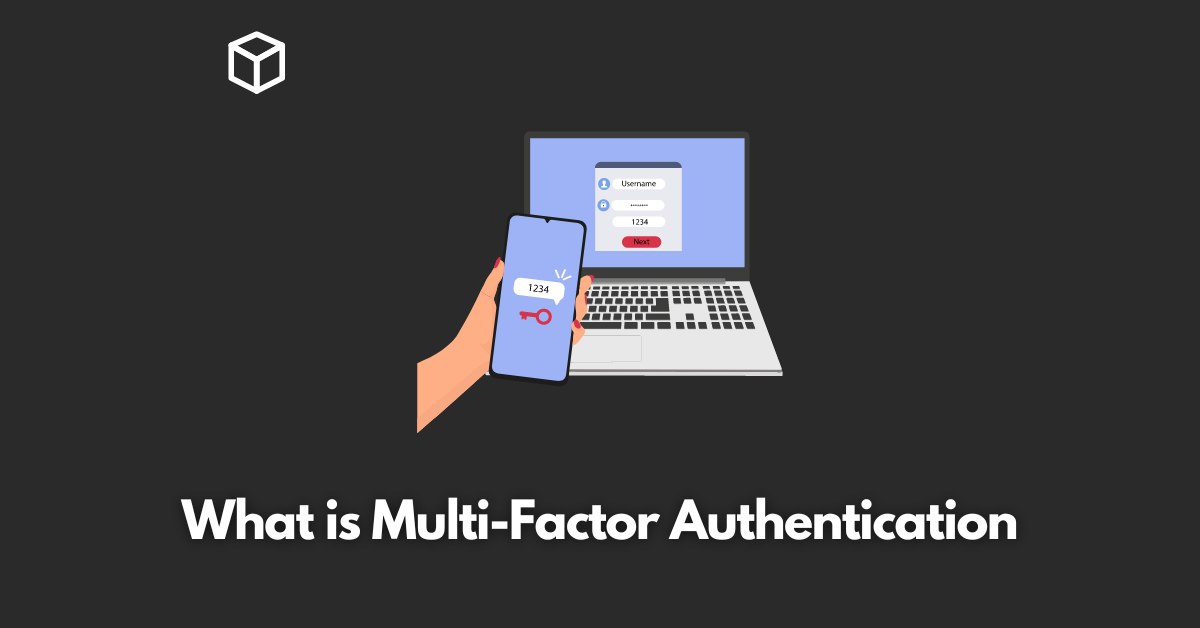Multi-Factor Authentication, or MFA, is a method of authentication that requires more than one form of identification to gain access to a system or account.
MFA works by requiring a user to provide multiple forms of identification, such as a password and a security token, or a fingerprint and a facial recognition scan.
This makes it much more difficult for unauthorized users to gain access to a system or account, as they would need to have multiple forms of identification.
MFA is important because it provides an extra layer of security to protect against unauthorized access, data breaches, and non-compliance with industry regulations.
The Importance of MFA
Protection against unauthorized access
MFA adds an extra layer of security by requiring multiple forms of identification, making it much more difficult for unauthorized users to gain access to a system or account.
Single-factor authentication, such as just a password, can be easily hacked or guessed. MFA makes it much more difficult for unauthorized users to gain access, as they would need multiple forms of identification.
Compliance with Industry Regulations
Many industry regulations, such as HIPAA and PCI-DSS, require the use of MFA to protect sensitive information.
Non-compliance with these regulations can result in hefty fines and damage to an organization’s reputation.
Protection against Data Breaches
MFA can prevent data breaches by making it much more difficult for unauthorized users to gain access to a system or account, thus limiting the potential for a data breach.
Data breaches can result in significant financial losses and damage to an organization’s reputation.
MFA can help prevent these consequences by providing an extra layer of security.
Types of MFA
Some of the common MFA methods:
- Something you know (e.g. password)
- Something you have (e.g. security token)
- Something you are (e.g. biometric authentication)
Comparison of different MFA methods
Each method has its own pros and cons. For example, passwords can be easily hacked or guessed, whereas biometric authentication is more secure but can be less reliable.
Different types of organizations may find different methods to be the most effective.
For example, a government agency may prefer biometric authentication, whereas a small business may find that a security token is more cost-effective.
Implementing MFA
MFA should be implemented on all systems and accounts that contain sensitive information.
MFA should be rolled out to employees and other users through training and clear communication of the added security benefits.
Tips for maintaining MFA
MFA systems should be regularly updated and monitored to ensure they are functioning properly and to address any security vulnerabilities.
Common MFA issues such as lost or stolen security tokens or difficulty with biometric authentication can be addressed through clear communication and troubleshooting steps provided to employees and other users.
Future of MFA
MFA technology is constantly evolving, with new developments such as the use of artificial intelligence and machine learning for more advanced forms of biometric authentication.
Potential future developments in MFA may include the integration of MFA into everyday devices such as smartphones and the use of blockchain technology for added security.
Conclusion
MFA provides an extra-layer of security for protection against unauthorized access, data breaches, and non-compliance with industry regulations.
Organizations should strongly consider implementing MFA to protect sensitive information and stay compliant with industry regulations.
For more information on MFA, organizations can refer to industry standards such as NIST Special Publication 800-63B and consult with cybersecurity experts.




